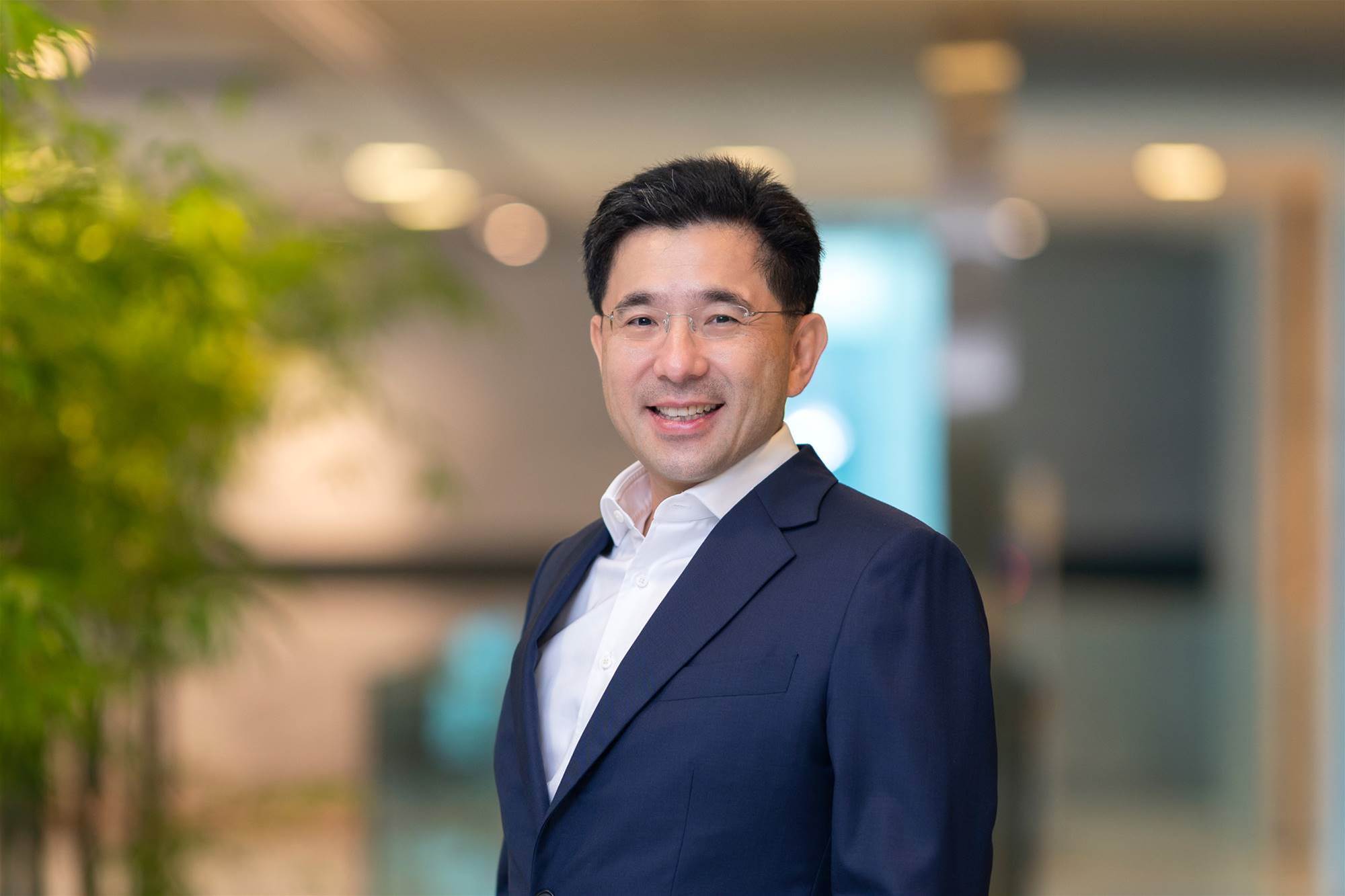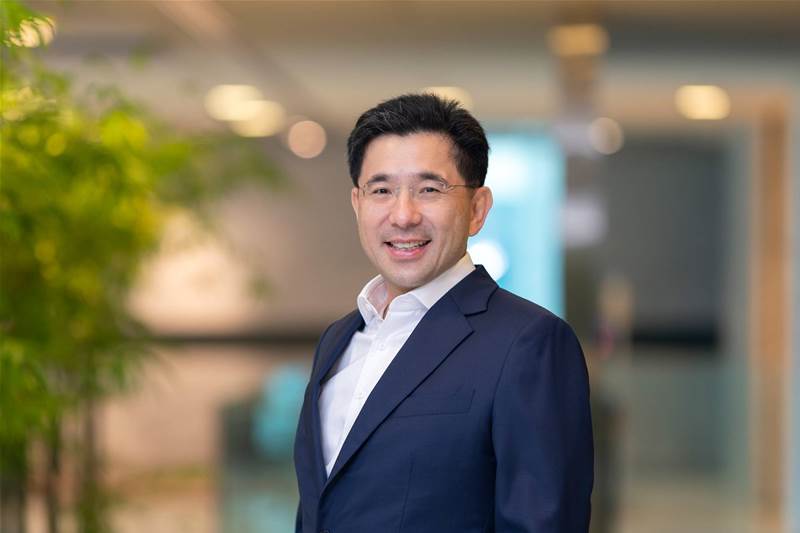
Speaking exclusively with iT News Asia, Mok Juang-Wei, EY Asean Consulting Markets Leader and Singapore Head of Consulting, explains that a different approach to how companies define, prioritise and procure digital projects is critical if they want to survive, and thrive, in the new post-pandemic normal.
itNews Asia: How has the pandemic changed the way companies in the ASEAN region view technology?
When countries underwent physical lockdowns, many businesses lacked the digital infrastructure, capabilities and tools to continue to deliver their products and services. The experience of having their survival dependent on the speed and effectiveness of adopting technology, has made most realise that technology adoption is no longer an option.
Deploying technology at the speed at which their customers and employees need it, rather than as fast their legacy systems will allow for it, is a key value driver for companies to transform and adapt to the changing new normal.
In ASEAN, we see a massive acceleration in the adoption of technology in sectors where there are significant consumer touchpoints. While many traditional companies have now recognised the importance of digital adoption, other than technology which enables collaboration, they have been very focused on conserving cash and have not embarked on significant digital programmes. We anticipate that this will change once the business environment improves.
itNews Asia: As organisations shift their focus beyond business continuity planning to look for growth opportunities in 2021, what should be their technology priorities and where should they focus their IT spend, given that budgets are likely to remain cautious for the year?
The situation is still extremely fluid as evidenced by the recent surge of cases in other parts of the world. Leading companies are recognising the need to balance between recovery and readiness to take advantage of a return to economy prosperity. While many have put in place digital infrastructure to enable their teams to work from home, there are still many opportunities to refine the ways of working.
2021 is likely going to continue to be a cash strapped environment for many businesses and they will need to organize their digital initiatives in smaller projects with a shorter time to realise benefits. This will require a different approach to the definition, prioritisation and procurement of digital projects as part of a transformation program.
Many organisations still treat digital transformation as a technology implementation rather than a whole-of-organisation transformation including people and processes. According to the EY Digital Investment Index (DII) conducted in 3Q 2020, 79% say that digital programs stall in the early phases. Sixty-five percent say digital programs stall due to lack of skills or talent, and 58% cite poor-quality data or the lack of a strong data analytics function as top data-related challenges. Hence the technology priorities should not be viewed as an IT spend but a business investment that has a technology component.
In the near term, moving to the cloud will enable agility in the technology landscape. Data and visibility in a timely manner is absolutely critical in navigating the constantly changing customer landscape and this is only possible with an increased integration of operational technology systems. Longer term, all companies must develop and implement a structure to continuously drive the testing and adoption of technology innovation.
itNews Asia: Do you see it as an imperative in 2021, particularly for the more traditional companies in this region who have been slow on digitalisation, to overhaul existing processes and restructure their operations? What business processes or steps can take within the organisation to become more competitive?
According to our research on the behaviours of over 500 companies on their digital transformation journey, Tech Horizon: Leadership perspectives on technology and transformation, there are distinct behavioural traits displayed by leaders who say their transformation is fully embedded and optimized across the business compared with digital laggards who are still at the consideration stage, making incremental changes or have no concrete plans.
Laggards would do well to adopt the habits displayed by leaders: focusing on customers first and foremost, driving innovation through ecosystems and partnerships, nurturing talent with new incentives and strategies, activating governance plans for emerging tech, powering innovation by leveraging data and being agile.
The good news for those that have fallen behind is that the pandemic has provided an opportunity to reset the playing field. In a post-pandemic world, all companies will need to accelerate their digital journeys by putting humans at the centre, embracing technology at speed and innovating at scale if they want to create a competitive advantage and thrive in a future that is being remade by today’s crisis.
itNews Asia: An agile and transformative mindset will be key to navigating the uncertainties in a post-pandemic world and digital economy. How can existing businesses drive this mindset shift?
In times of change, leading companies that manage to experience exponential growth in value embraced what we call a “future-back” approach. Instead of using the current state as the starting point and extrapolating future environments based on historical trends, business leaders should adopt a future-back method by asking how the future will be reframed and work backwards to adapt their business models.
Instead of retreating to the familiar, companies need to expose themselves to trends and forces far outside their usual scope of analysis by looking further afield at megatrends across time horizons. We use the EY Megatrends report to help our clients understand the primary forces driving disruption, where it’s headed and what it means for their business.
This future-back approach is less about predicting the future, and more about companies confronting their inherent inability to adapt and addressing these inflexibilities to make themselves fit and ready to manage the risks and seize the opportunities in any scenario. Future-back thinking gives companies the tools to build the muscle necessary to adapt to whatever the future may hold
itNews Asia: For many, the future of work will change, adapting from physical locations to a hybrid version where work is highly digitised, remote and dynamic. What challenges will these create? What do you think will be the implications in areas such as security and governance?
As remote working becomes a permanent part of the working future, organisations will need to provide a digital infrastructure to keep their workforce connected, collaborating and productive.
Maximising performance and security while optimising cost efficiencies is a huge challenge at scale.
By opening their perimeter to allow almost the entire workforce to work from home, risks have inevitably grown significantly. As this migration took place at scale and almost overnight in many countries, the attack surface exponentially increased across multiple homes, IT departments may have missed important risk assurance steps in their haste, access controls may have been relaxed to provide access, and employees may have stored corporate data on personal accounts.
Many organisations will have to put in place a structured approach to documenting and valuing their cyber assets similar to physical assets and a new set of processes and controls to secure these digital assets.
They need to ensure that organisational data is safe and backed up, secure their virtual infrastructure, review their endpoint and mobile security and revamp where necessary.
They will also need to consider their wider risk exposure across the ecosystem and consider how to better support the security of third parties such as suppliers, customers and contractors.
itNews Asia: Do you see growing trust gaps is one of the key challenges that organisations will facing in their digital transformation journeys. How can organisations build trust with stakeholders?
Yes, absolutely, consumers’ privacy concerns, evolving attitudes towards how their data is being used by intelligent technologies to automate decisions is creating growing trust gaps. These are the gaps between what data and technology can do and what people are willing to let it do. Organisations risk limiting growth, slowing innovation and undermining the value created by intelligent technologies when there is a lack of trust.
Trusted Intelligence builds on the concept of the intelligent value chain and reframes how data is obtained, managed, used and scaled within a business. Focus your approach on being value first rather than data first, identify the value proposition in order to target the data that can create differentiation.
Being transparent with your stakeholders on how the data is being obtained, managed, used and scaled within a business will be critical in building that trust.









